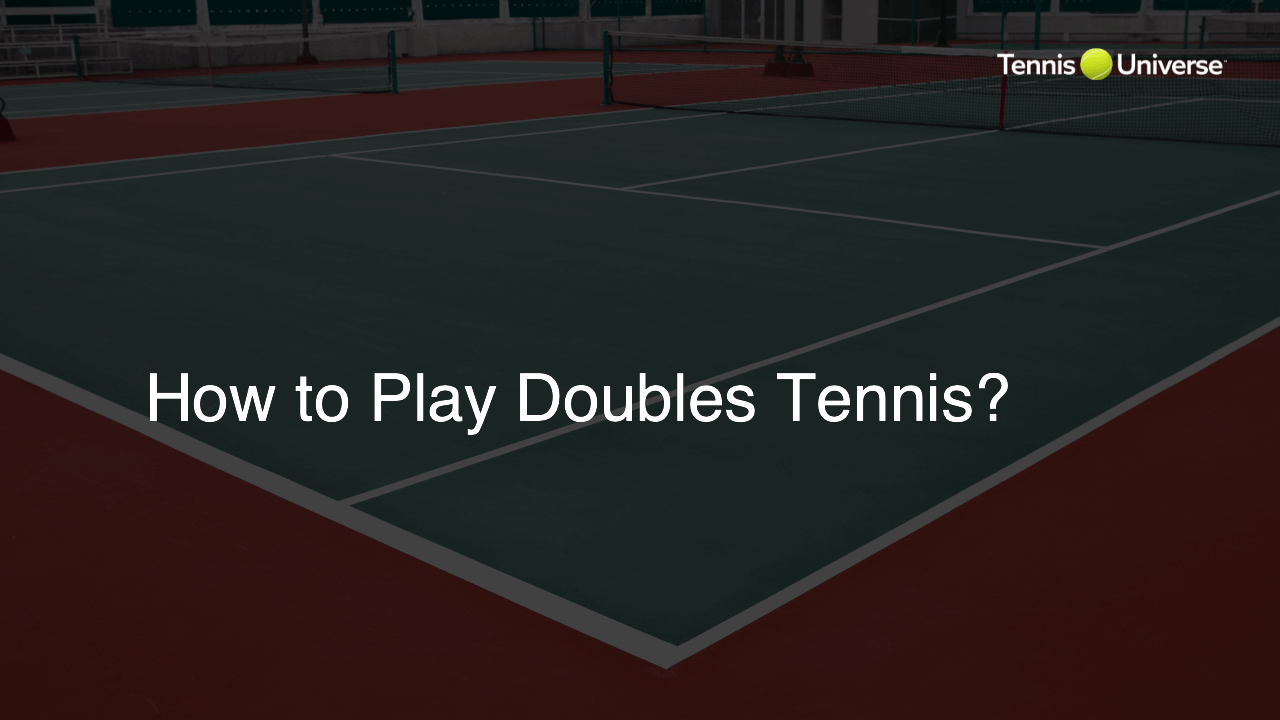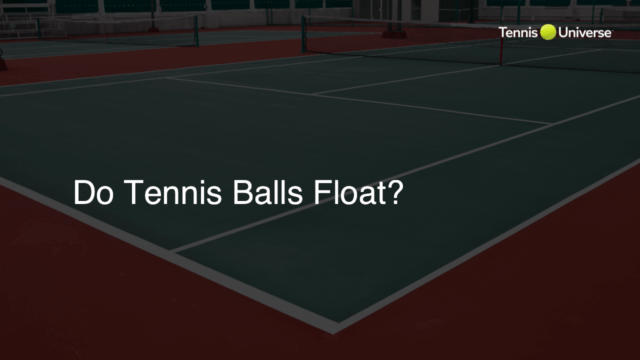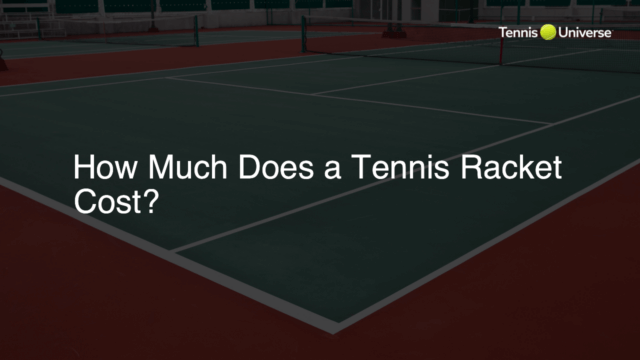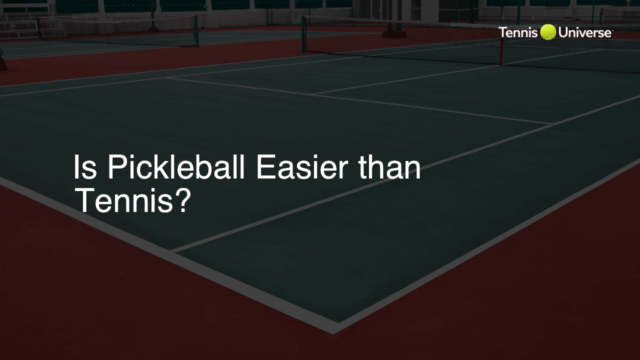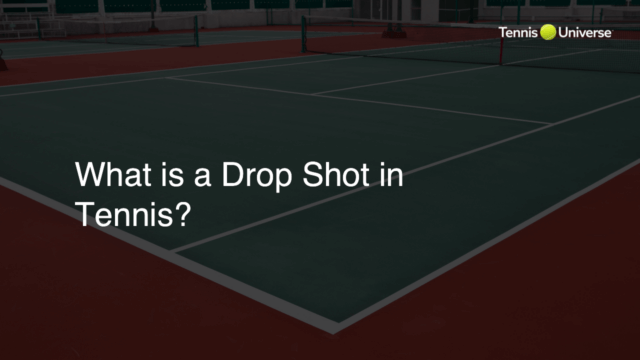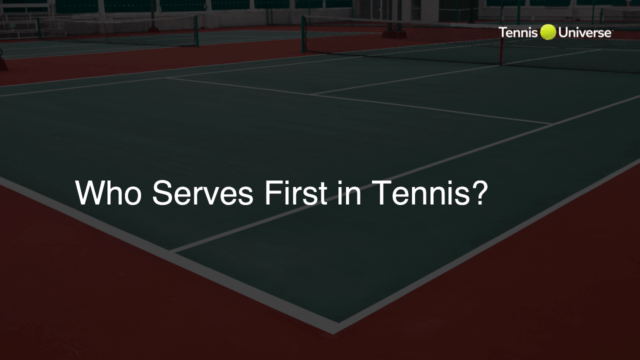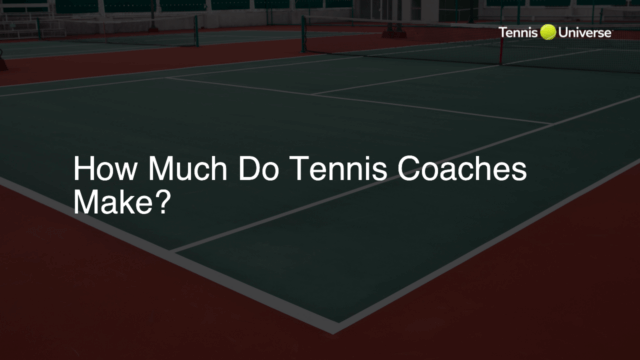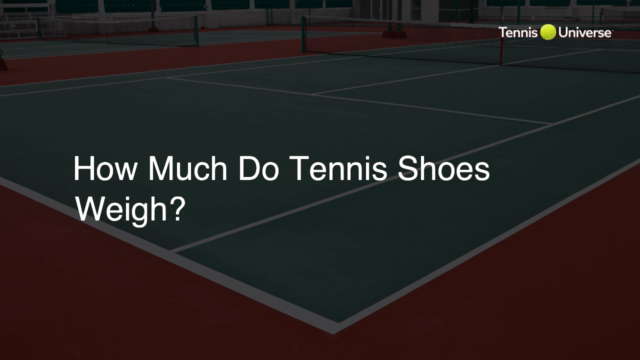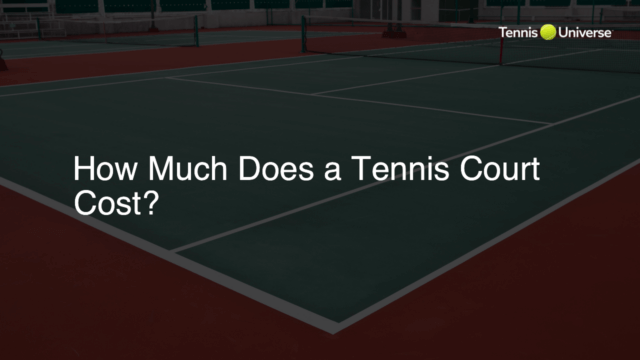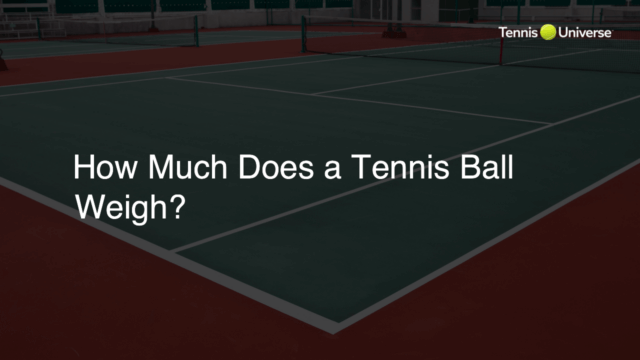To play doubles tennis, two teams with two players each face off on a tennis court. Key aspects include communication, positioning, and technique. Establish roles, with one player being the “net player” and the other being the “baseline player.” The serve alternates between teams and players in a subsequent order. When receiving a serve, the ‘net player’ should be ready to intercept volleys while the ‘baseline player’ covers ground strokes. Focus on teamwork through effective communication, strategic shot selection, and covering open spaces on the court to dominate the game.
Team Coordination in Doubles Tennis
Effective doubles tennis requires fluid team coordination and clear communication. Ensure each player has an assigned role and a good understanding of their responsibilities. Discuss strategies and tactics before the game, including potential scenarios and planned responses to various situations.
Mastering Serve and Return
Both the serve and return dictate the tempo of each point in doubles tennis. To deliver powerful serves, concentrate on accuracy, spin variation, and targeting weaker opponents. The order of service between teammates alternates, so developing a consistent serve is crucial.
When returning serve, the net player should position themselves close to the net to cover volleys and block incoming shots, while the baseline player should focus on recovering groundstrokes aimed at their half of the court.
Using the Tennis Racket Effectively
An essential element in doubles tennis is the ability to use your tennis racket effectively. Grip the racket with a firm yet relaxed grasp, and focus on volleys, as they are vital in creating opportunities for your team during the game. Practicing groundstrokes, overhead shots, and lobs can also help in putting pressure on the opponents and gaining an edge.
Strategies for Doubles Tennis Success
In doubles tennis, strategic shot selection and court positioning are imperative. Incorporate these strategies to elevate your doubles game:
- Target one opponent: Identify the weaker opponent and target them consistently to increase the chances of capturing points.
- Poaching: The net player can ‘poach’ by intercepting the opponent’s return, giving little reaction time to the opposing team and increasing the chances of winning the point.
- Create open spaces: Hit shots crosscourt to force opponents out of position, creating open spaces for your team to exploit.
- Defensive lobs: Use a defensive lob when pressured, lifting the ball high to regain court position or force opponents back, creating an opportunity for your team.
Developing Effective Communication Skills
Strong communication between partners is critical for success in doubles tennis. Share information about opponents’ strengths, weaknesses, and tendencies throughout the match. Use hand signals for serving and visual cues for positioning. Regularly discuss tactics and encourage each other to maintain a positive attitude and boosted team morale.
Tennis Tips: How to Improve Doubles Footwork
Having fast, efficient footwork is essential in doubles tennis. Practice drills specifically designed to improve lateral movement, speed, and explosive power. Being agile on the court allows for better shot-making, coverage, and quicker response times. Consistent footwork training will significantly improve doubles performance, making it an essential component in your skill set.
Choosing the Right Doubles Partner
While individual skill is vital, finding a doubles partner with complementary playing style and temperament is crucial. Analyze potential strengths and weaknesses between partners and implement a strategy to maximize each player’s strengths while minimizing any gaps. A strong team dynamic and mutual trust will increase your chances of victory on the court.
Understanding the Doubles Tennis Rules
Having a firm grasp of the doubles tennis rules is critical to avoid unnecessary points loss or disputes. Be aware of special doubles rules such as:
- Alternate serving: Teams serve alternately, with players switching serves after each game.
- Double alley: Unlike singles, the additional space on either side of the court (double alleys) is considered in-play during doubles matches.
- Two attempts per serve: Each player gets two attempts to serve the ball successfully. A fault occurs if both attempts fail, resulting in a lost point.
Knowing these rules and being confident in your understanding allows for smoother gameplay and a better doubles tennis experience overall.
FAQ Section
Here are the answers to five common questions that readers might have after going through the blog post on “How to Play Doubles Tennis?”
What are some effective communication strategies in doubles tennis?
Use hand signals, verbal cues, and maintain eye contact to convey your intentions, positions on the court, and incoming shots. Discuss match tactics and keep each other motivated throughout the game.
How does serving work in doubles tennis?
Teams serve alternately, with players taking turns serving each game. The server has two attempts to get the ball in play. Always aim for accuracy, spin variation, and target weaker opponents when serving.
What are some useful doubles tennis tips for improving footwork?
Practice drills to enhance lateral movement, speed, and explosive power. Agility on the court leads to better shot-making, coverage, and quicker response times. Consistent footwork training is vital for successful doubles performance.
How to choose the right doubles partner?
Select a partner with a complementary playing style and temperament. Evaluate your joint strengths and weaknesses, strategize accordingly, and ensure strong team dynamic and mutual trust to increase the chances of victory.
What are the key doubles tennis rules to be aware of?
Understand rules like alternate serving, double alleys, and the allowance of two serve attempts per point. Being well-versed in these rules will help prevent disputes and ensure a smoother doubles tennis experience.

